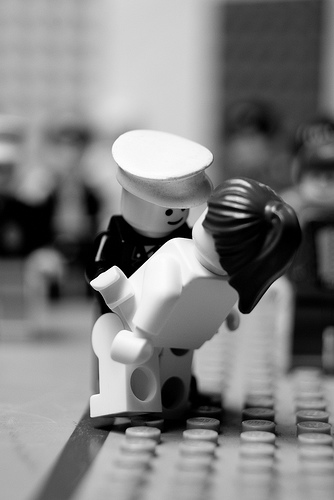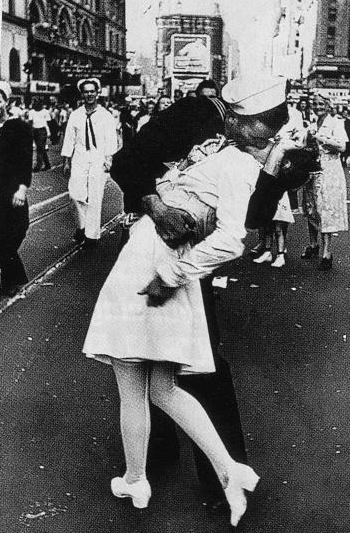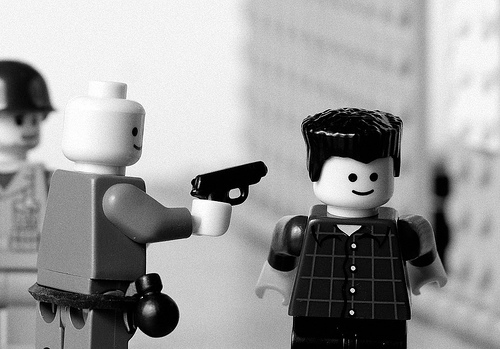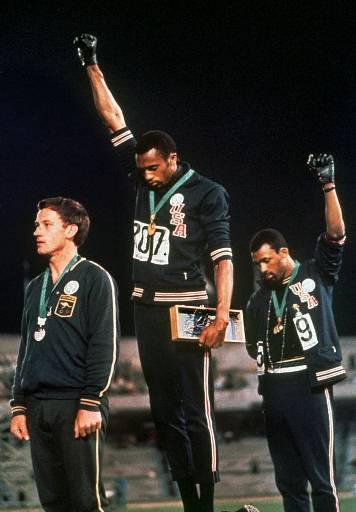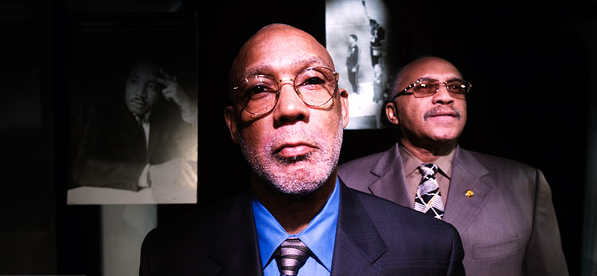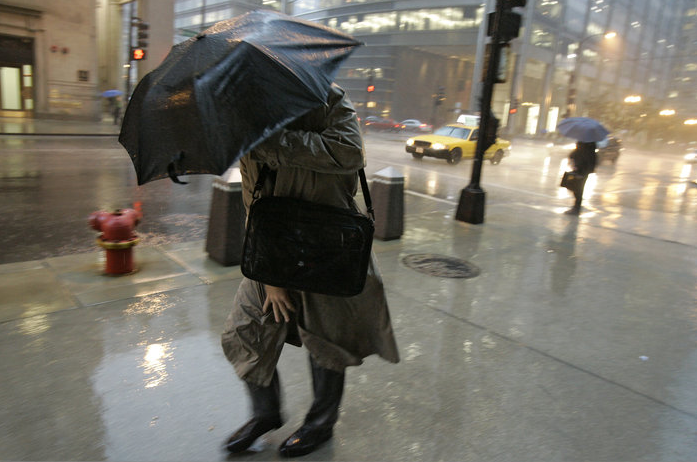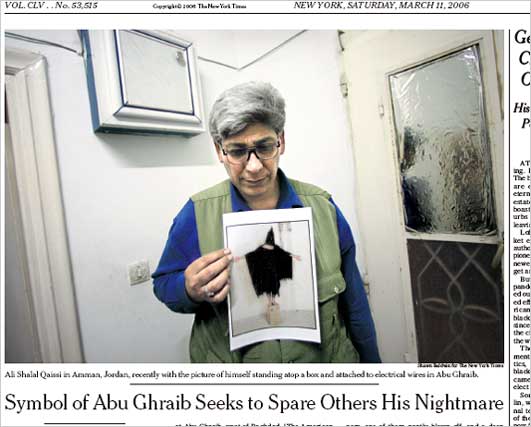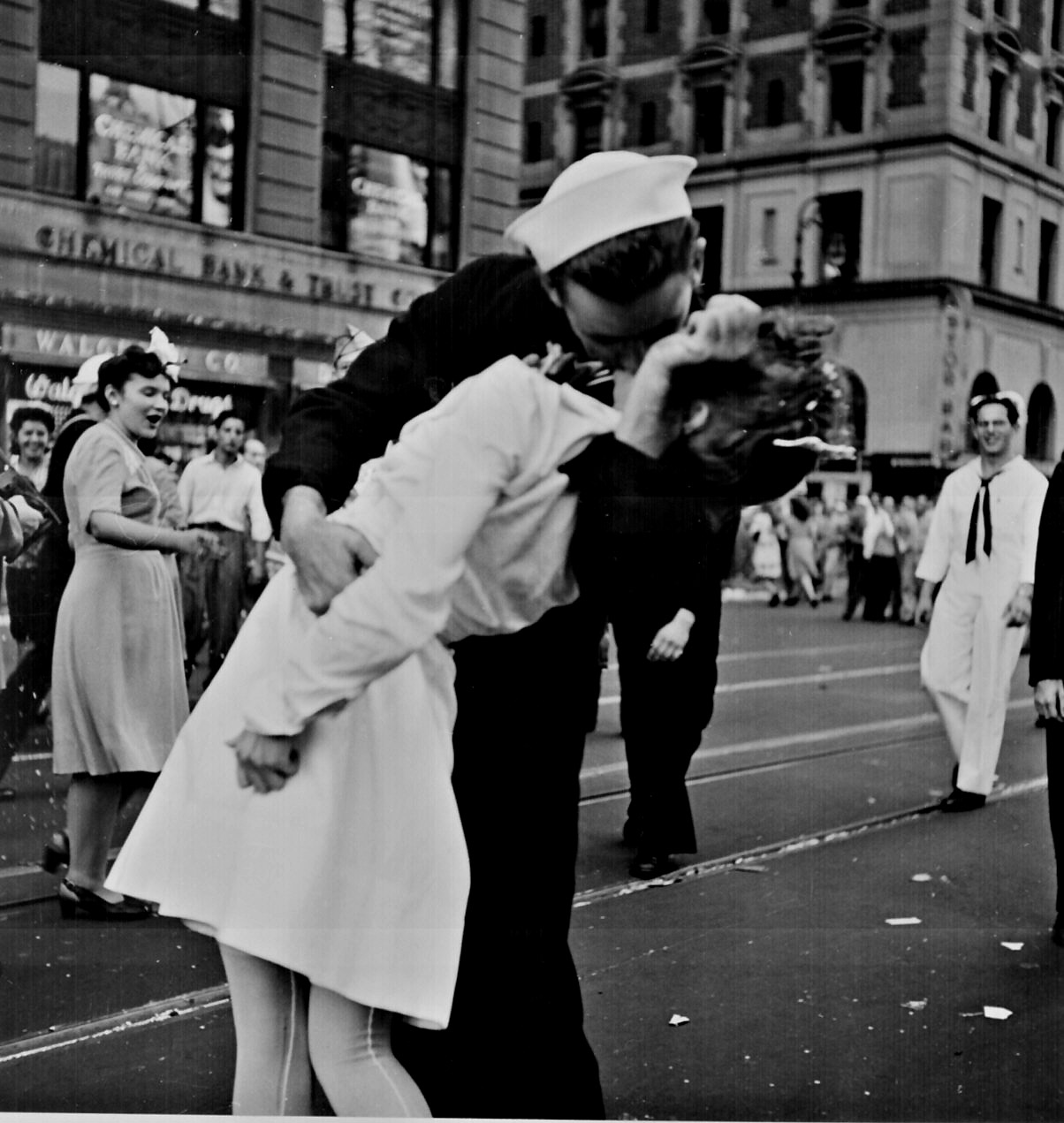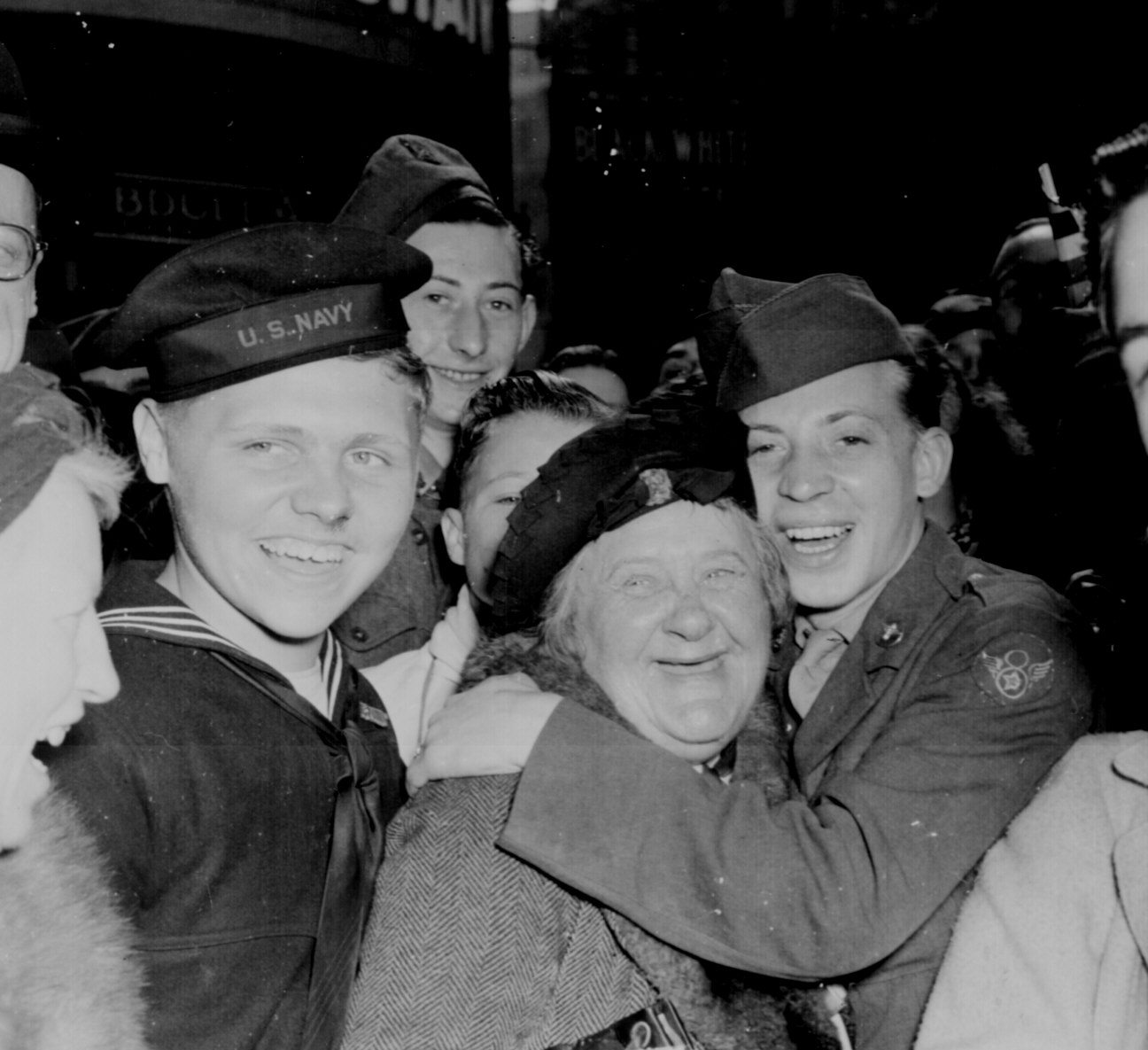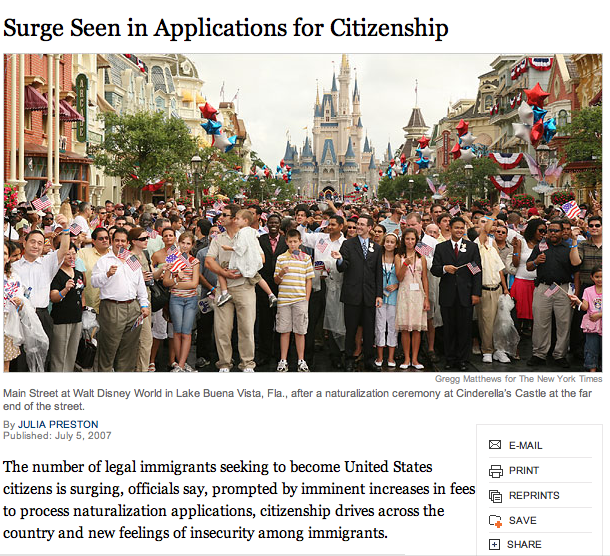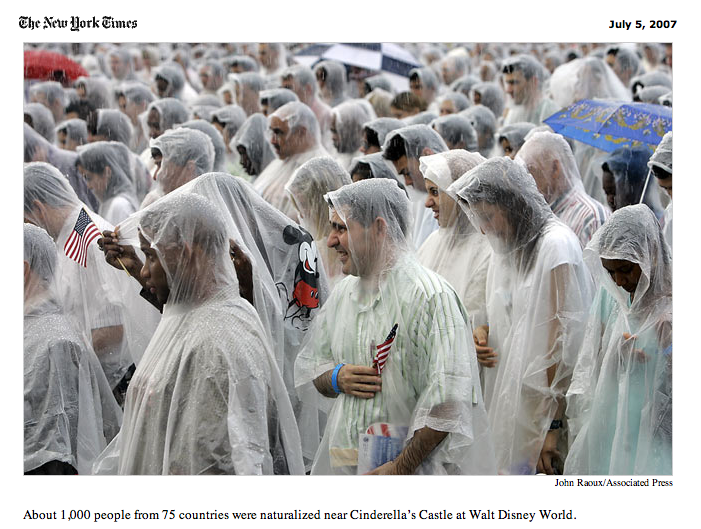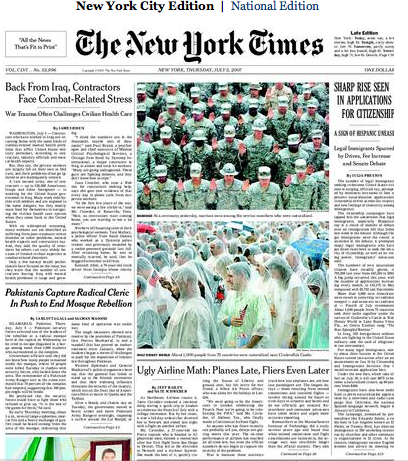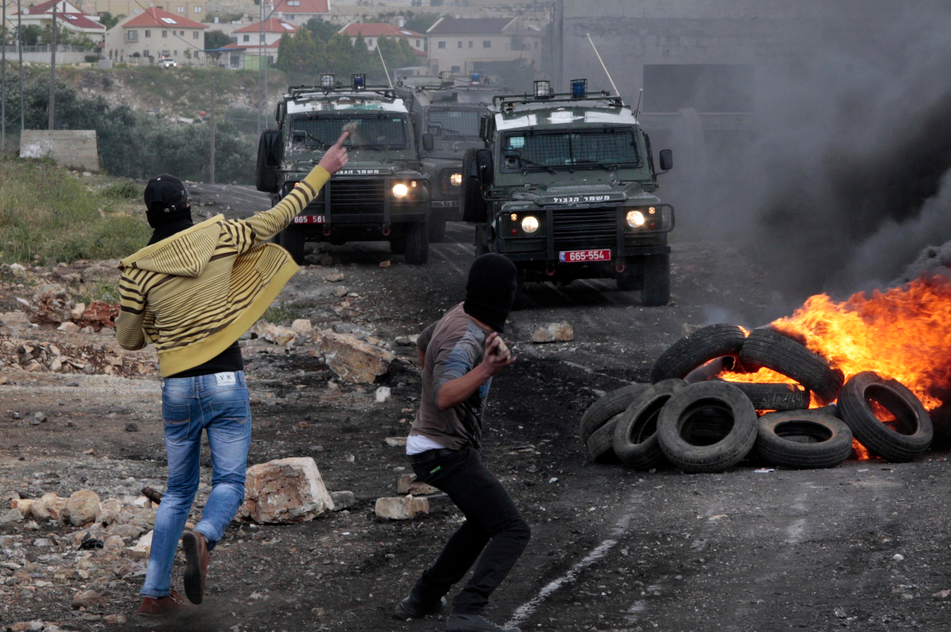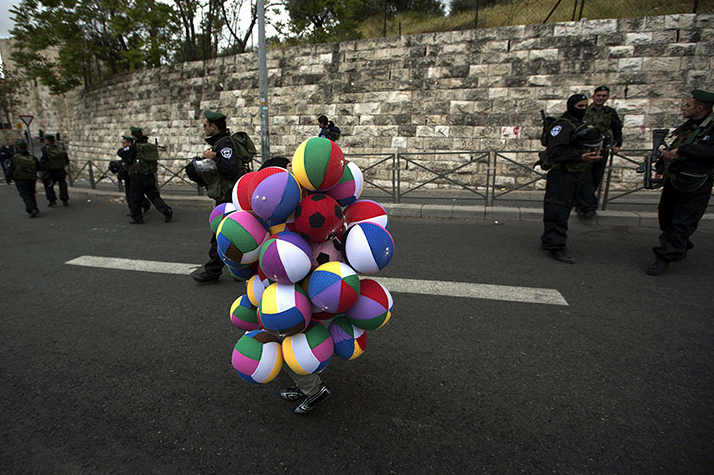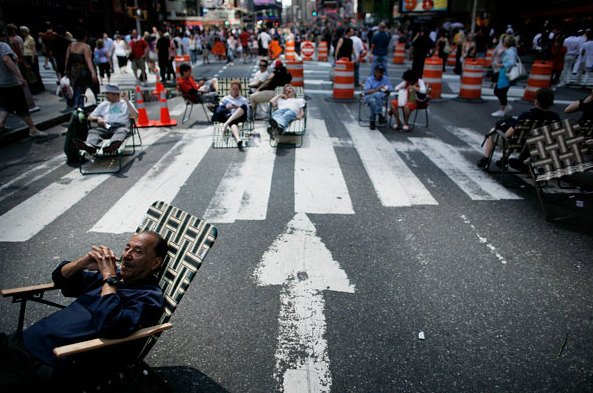One of the characteristics of iconic images is that they are reproduced across a wide range of media, genres, settings, and topics. Actually, that is true of media more generally–think of how songs, jokes, quotations, recipes, fashions, and many other other things circulate widely–but it usually is not so intentional or distinctive as when it is done with widely recognized and influential images. Iconic photographs have been reproduced as drawings, paintings, sculpture, murals, graffiti, embroidery, beadwork, silkscreens, figurines, stamps, plates, coins, tattoos–you name it. Oh, yes, and Lego art:
This is one of a set of nine that are posted at a Flickr page. The set contains reconstructions of three canonical photographs by Henri Cartier-Bresson, the Charles Ebbets’ shot of iron workers sitting on a beam hanging in empty space, Robert Capa’s photo of a soldier being shot in the Spanish civil war, the Times Square kiss, two from the Vietnam war, and the lone protester standing before a tank in Tiananmen Square.
The question is whether there is anything to be learned from the Legos. One wouldn’t expect much beyond what we already know: with a few key features in place, we can recognize the iconic image in any medium, and people can be clever when they have time on their hands. The odd imitation is basically a joke, and we marvel–briefly–that someone could get so much out of Legos or ice cream (it’s been done: the flag-raising at Iwo Jima) or whatever else is getting the iconic upgrade.
I wonder, however, if there isn’t more to the Lego art. Let’s take two examples–briefly. First, the Times Square kiss:
The Lego version captures both the strongest positive feature of the photo as well as one cause for criticism. The positive feature is the good vibe that so many people get from seeing a young couple passionately “kissing the war goodbye” on V-J Day. You get that feeling in the Lego work from the smile on the sailor’s face. In the photograph from Times Square, there is much more: youth casting off of wartime restrictions, Eros and regeneration triumphing over war and death, private and public life beautifully harmonized; what’s not to like? Well, there is one thing for some, and that’s how the woman may be a less that willing participant. He didn’t ask first, and so one form of domination could be giving way to another form of domination. And sure enough, the Lego art gets that as well: look at how awkwardly she is bent back, and how she is not returning his advance.
I could stop there, but let’s do one more:
This is a reprise of the Eddie Adams photograph from the 1968 Tet offensive in during the Vietnam War.
Adams believed that the officer was justified in executing the bound prisoner of war, and perhaps a case can be made. But the photo records more than a single incident, and it fit too well with many other acts that were both criminal and marked by the official indifference that is displayed here. So, much to Adams dismay, the photograph became memorialized as a statement against the war.
And something like that ambiguity is evident in the Lego art. The smiles of the two figures, and particularly the one being shot, are just not right. They’re wrong because not in the photograph, and because not fitting with the scene, and because not appropriate for cuing our reaction to a killing. As with the iconic photograph, what seems to be a simple image is in fact one that churns complicated responses, in part because it isn’t right with itself.
There are limits to imitation. Not everything can be said in any medium, and some media can’t say much at all, but there still can be more there than we might think. Next up, iconic images in cornfield mazes. Really, they’re out there.
Photographs by Alfred Eisenstaedt/Getty Images; Eddie Adams/Associated Press.
